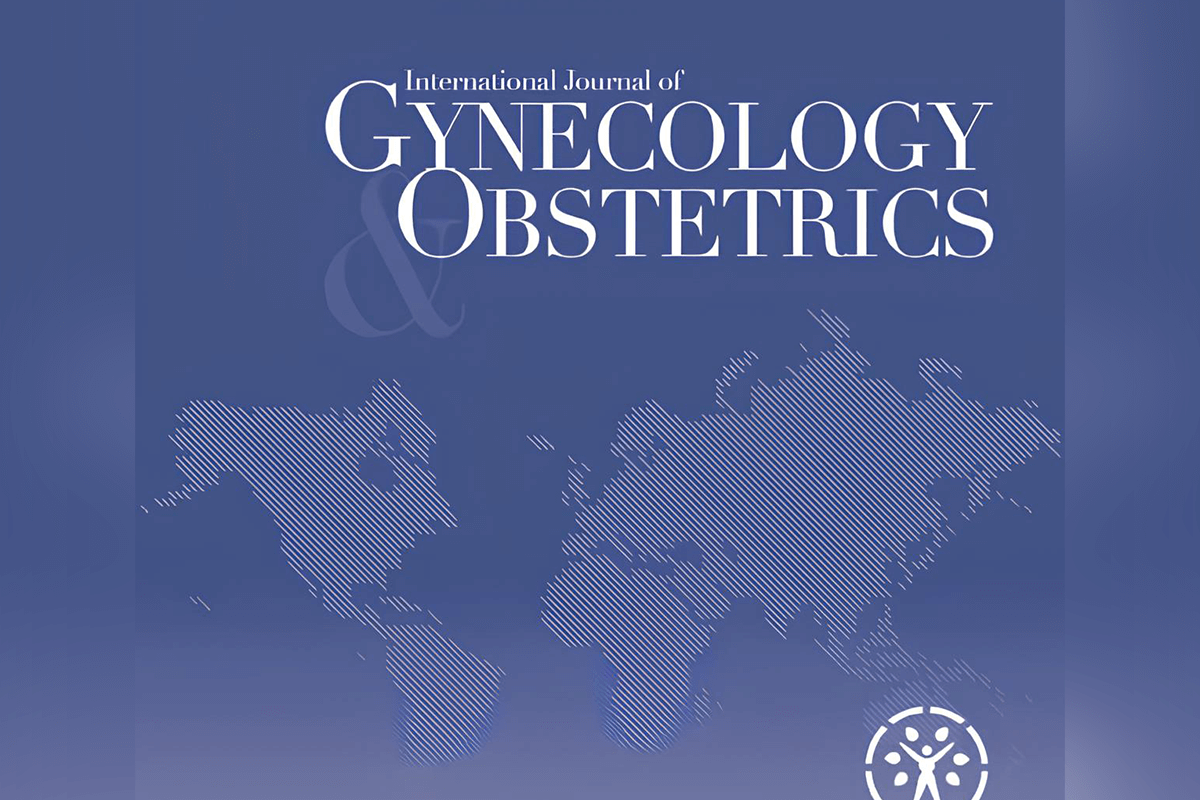
by William U Atiomo, Gabrielle Casper, Ian Symonds, Helena M Obermair, George Gwako, Alla Vash-Margita, Claudio Sosa, Anne Kihara, Mutairu Ezimokhai, Paul Fogarty
International Journal of Gynecology & Obstetrics, 26 April 2024 (Open access) https://doi.org/10.1002/ijgo.15544
Abstract
Objective: Global variations in women’s health outcomes, increased international migration, and an increase in the number of medical schools underpin the need for global standardization in obstetrics and gynecology curricula for medical students. However, there are currently no recommendations regarding the content of a common curriculum. The aim of this project was to agree the objectives for a common curriculum in obstetrics and gynecology for medical students globally.
Methods: The curriculum was developed and agreed by an international taskforce of obstetricians and gynecologists. Published curricula for medical students in a variety of regions globally were reviewed and discussed, and the objectives for a common curriculum in obstetrics and gynecology for medical students were agreed by consensus.
Results: The content of the proposed curriculum is classified into three domains: clinical skills, professional behaviors, and knowledge. The recommended curriculum covers health conditions that affect women globally in different social and cultural contexts, and addresses important global health issues of relevance to obstetrics and gynecology.
Conclusion: The methods and outcomes of a project by an international taskforce of obstetricians and gynecologists to develop a common curriculum in obstetrics and gynecology for medical students globally are presented. More work is required to identify ways in which the curriculum may be adapted to a minimum essential required curriculum in times of man-made or natural disasters. Achieving these will facilitate the intended long-term aims of this curriculum, to improve women’s health outcomes globally.
From the Introduction
In 2020, 800 women died each day from preventable causes related to pregnancy and childbirth, with maternal mortality ratios varying from 4 per 100 000 live births in the Australia/New Zealand region to 545 per 100 000 in sub-Saharan Africa. Also, more than 700 million people (9.1% of global population) travel between countries annually and in 2019, about 18% of doctors on average across the Organization for Economic Co-operation and Development (OECD) countries had obtained at least their first medical degree in another country, up from 15% a decade earlier. There are also currently over 3800 medical schools in the world directory of medical schools, up from 2600 in 2014. These facts highlight three key challenges—wide global variations in women’s health outcomes, increased international migration of doctors and patients, and an increase in the number of medical schools globally—which underpin the need for global standardization in obstetrics and gynecology (O&G) curricula for medical students.
There is also a need for medical doctors who are competent, motivated, and suited to current challenges such as globalization, climate change, environmental toxins, and pollutants. Additionally, the shift towards prevention and health promotion rather than just curative services, changes in disease profiling with a rise in non-communicable diseases, and the impact of emerging diseases like Ebola, Zika, COVID, and chikungunya are all significant factors to consider. Other important considerations include humanitarian crises, mental health, gender inequalities, health inequities, and the need for a collaborative, holistic, multidisciplinary, and multisector approach that incorporates health into all policies.
Despite previous work by organizations such as WHO and the World Federation for Medical Education (WFME) on global standardization in medical training, none has adequately addressed the content of curricula in O&G. Although there have been publications on detailed recommendations for the content of a global curriculum in surgery, oncology, and neuroanatomy, we did not find any on O&G for medical students. However, a 2022 study reviewed the recommendations on the content and duration of the curriculum for medical students in O&G by various national professional bodies and descriptions of the O&G curriculum from five university websites and identified marked variations in knowledge, skills, and competencies recommended for inclusion. The study recommended a core curriculum in O&G for medical students globally.
From the Discussion:
“The skills, professional competencies, and knowledge recommended in this curriculum cover health conditions that affect women in different social and cultural contexts. It also allows for flexibility in emphasis, based on the women’s health priorities in the geographical location of each medical school.”
The taskforce felt that the approach they adopted of “social group process (committee, expert panel, taskforce, working group, etc)” was consistent with published methodology used for the creation of global medical curricula in other disciplines.
Editor’s Note:
Under curriculum objectives, the authors state: “The group was also mindful of topics with the potential for controversy because of religious and cultural differences.” Is this an excuse for the omission of any mention of safe abortion care or dealing with deaths from complications of unsafe abortions? Not stated. Apart from this glaring omission, one I thought FIGO had left behind a long time ago, the process of choosing participants for creating the document, the topics that it was agreed should be covered, as well as how they carried out the process of doing so, were particularly interesting in this article. The outcome should be interesting.



